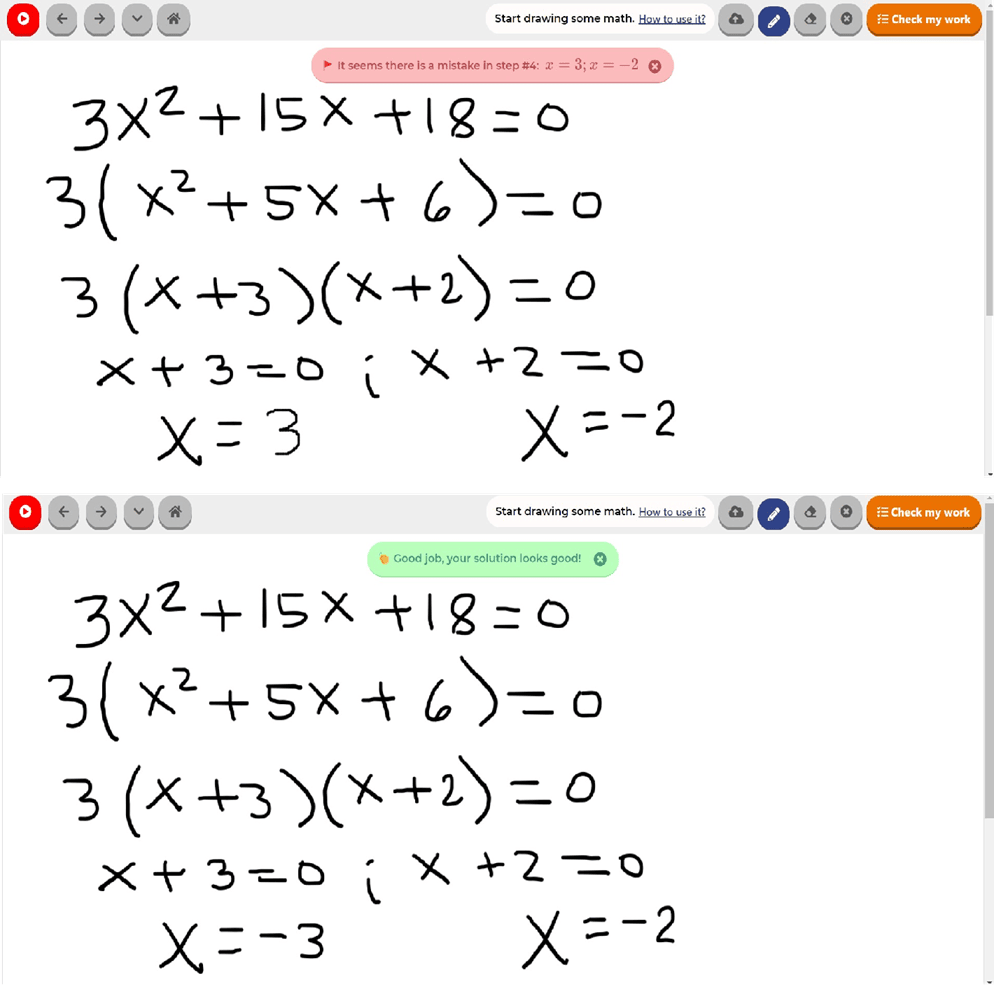Final answer to the problem
Step-by-step Solution
How should I solve this problem?
- Choose an option
- Find the derivative using the definition
- Find the derivative using the product rule
- Find the derivative using the quotient rule
- Find the derivative using logarithmic differentiation
- Find the derivative
- Integrate by partial fractions
- Product of Binomials with Common Term
- FOIL Method
- Integrate by substitution
- Load more...
Apply the product rule for differentiation: $(f\cdot g)'=f'\cdot g+f\cdot g'$, where $f=x$ and $g=\sqrt{2x+6}$
Learn how to solve integrals of polynomial functions problems step by step online.
$\frac{d}{dx}\left(x\right)\sqrt{2x+6}+x\frac{d}{dx}\left(\sqrt{2x+6}\right)$
Learn how to solve integrals of polynomial functions problems step by step online. Find the derivative of x(2x+6)^(1/2). Apply the product rule for differentiation: (f\cdot g)'=f'\cdot g+f\cdot g', where f=x and g=\sqrt{2x+6}. The derivative of the linear function is equal to 1. The power rule for differentiation states that if n is a real number and f(x) = x^n, then f'(x) = nx^{n-1}. The derivative of a sum of two or more functions is the sum of the derivatives of each function.
